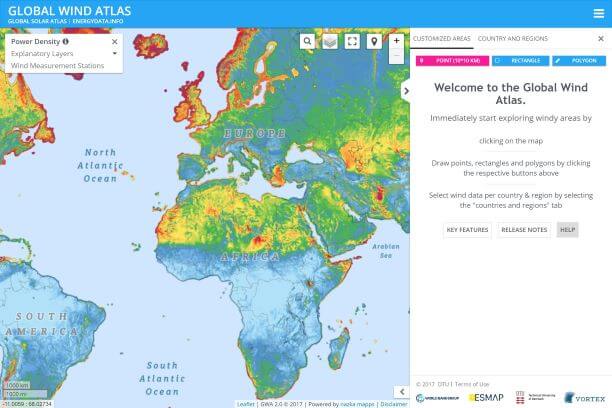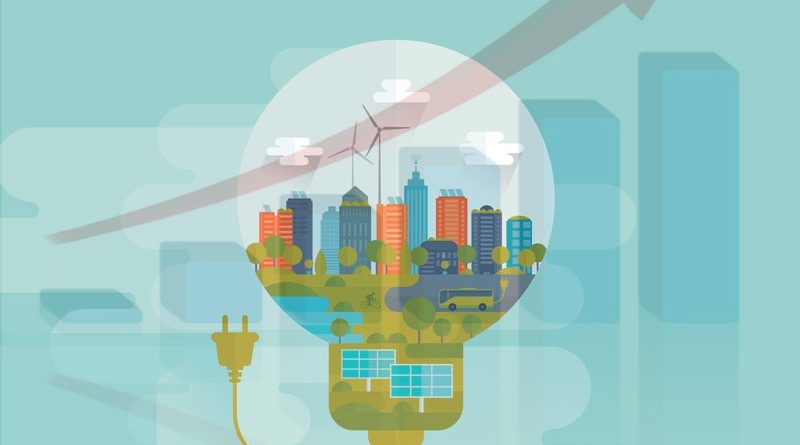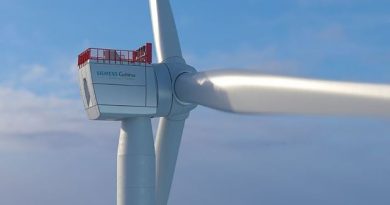Innovation Powering Global Energy Transformation Says IRENA Report
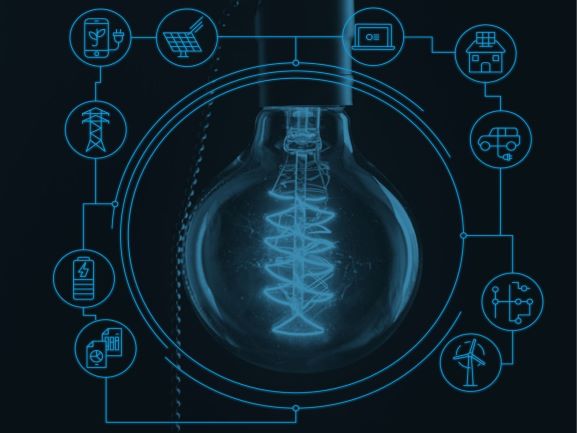
The International Renewable Energy Agency (IRENA) has come up with an “Innovation landscape for a renewable-powered future” report which provides the first-of-its-kind mapping and categorizing of innovative solutions to integrate renewable power. It brings together key insights on emerging innovations that facilitate a higher share of variable renewables – mainly solar PV and wind – in the power sector.
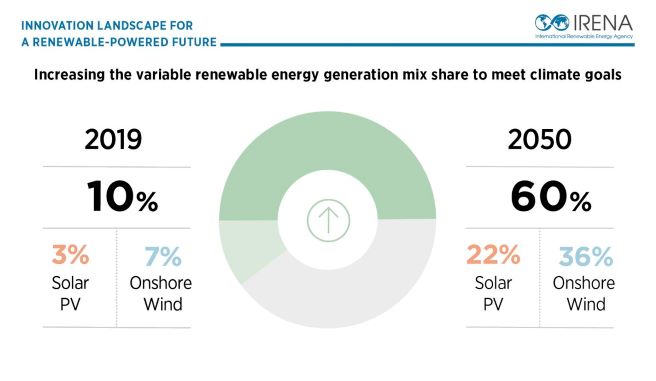
Achieving the Paris Agreement requires an 85% share of renewables in total electricity generation by 2050. Solar PV & onshore wind power would account for over 60% globally, says the newest report by IRENA. It further talks about newer variable renewable energy (VRE) sources which will reach high shares of power generation, and suggests that power systems must adapt and remain flexible enough balance of supply and demand over each day or year.
The report has analyzed the innovation landscape for VRE integration and has mapped and categorised innovative solutions and on-the-ground examples. The resulting report claims to provide a guide to current innovations, either under development or already in use, in different settings across the globe. The report has 30 different innovations in enabling technologies, market design, business models and system operation transform the power sector at its core. 11 innovative solutions show how synergies between innovations can enable the cost-effective acceleration of variable renewables, while making energy production, transmission and consumption more flexible and empowering a new generation of energy consumers.
11 solutions
- Solution I: Decreasing VRE generation uncertainty with advanced weather forecasting
- Solution II: Flexible generation to accommodate variability
- Solution III: Interconnections and regional markets as flexibility providers
- Solution IV: Matching renewable energy generation and demand over large distances with supergrids
- Solution V: Large-scale storage and new grid operation to defer grid reinforcements investments
- Solution VI: Distributed energy resources providing services to the grid
- Solution VII: Demand-side management Solution VII: Demand-side management
- Solution VIII: Renewable energy mini-grids providing services to the main grid
- Solution IX: Optimising distribution system operation with distributed energy resources
- Solution X: Utility-scale battery solutions
- Solution XI: Power-to-X solutions
The framework is meant to support informed decision-making on the best solutions for each different power system. The report concludes with an eight-step plan for power-sector transformation:
- Anticipate future power system needs
- Adopt a systemic approach
- Foster learning by doing
- Account for changing roles and responsibilities
- Create synergies through sector coupling
- Make market-design innovation a priority
- Turn smart innovations into smart solutions
- Adopt an open and co-operative approach to innovation


